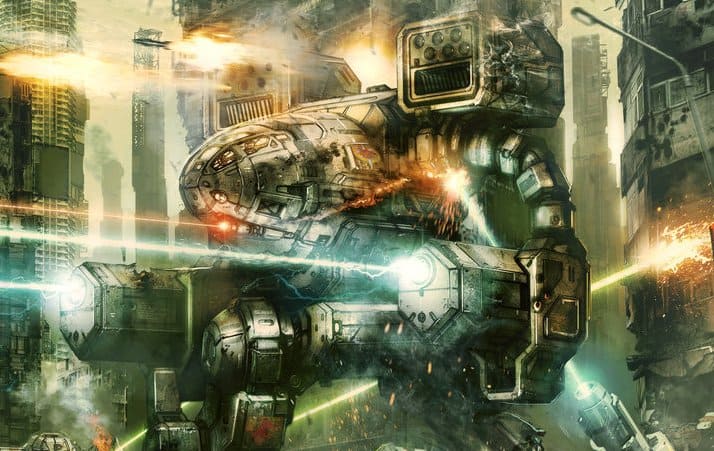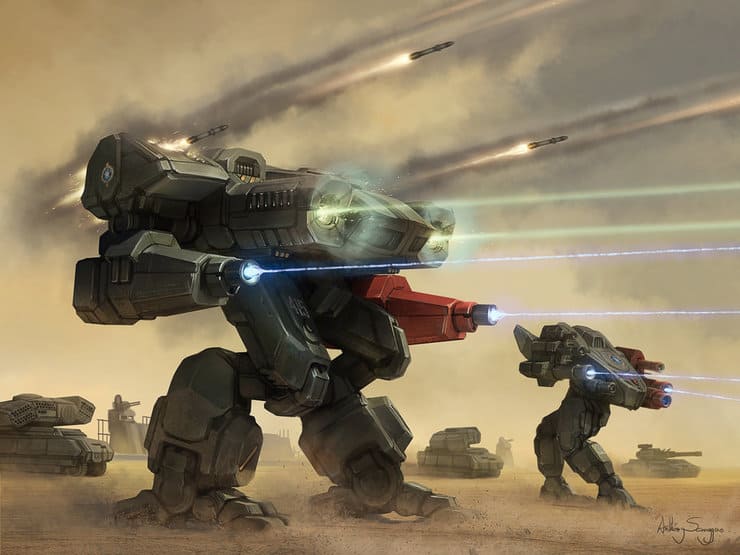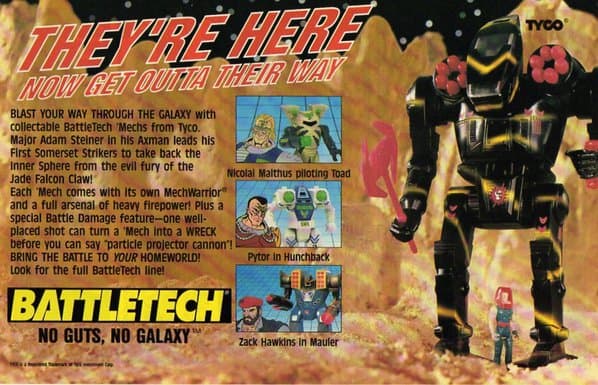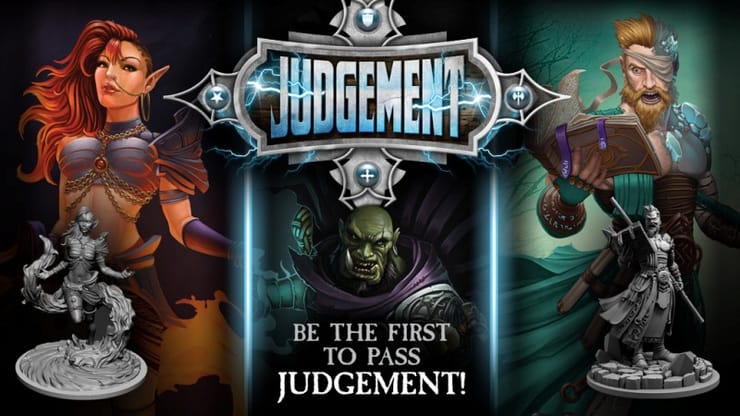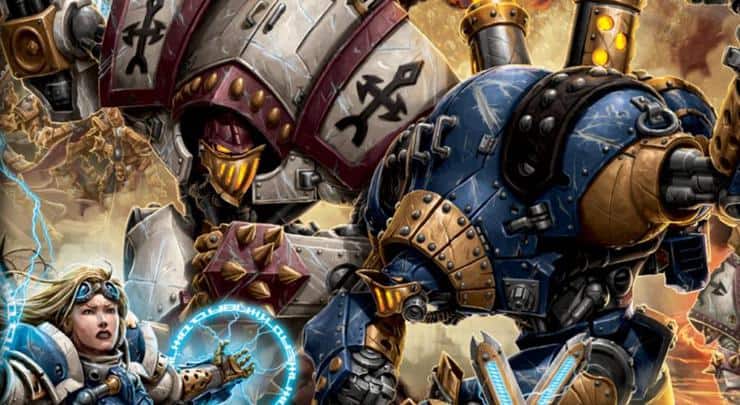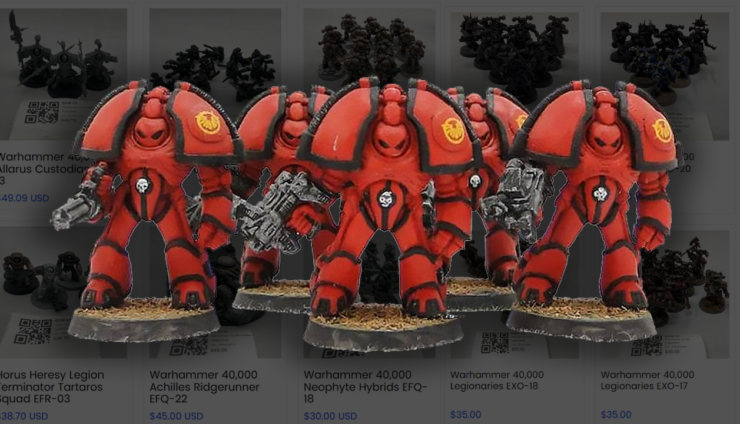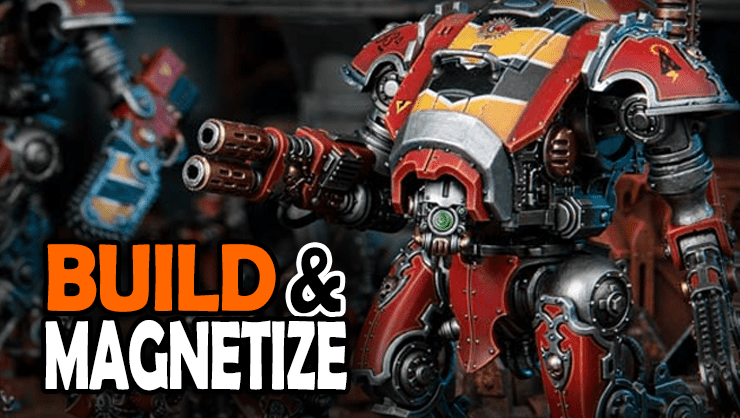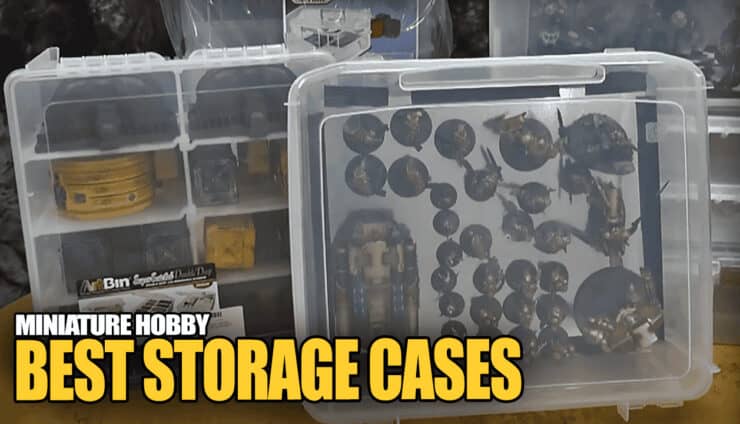Hey Game Fans, we’re back with another article in our series on the Battletech: Alpha Strike Rules. Last week we talked about getting the most out of the Movement Phase.
This week we’re going to take a look at the Combat Phase. Let’s see if we can’t figure out how to put all sorts of holes in the other guys?
Combat Phase
Remember, the player that rolled the lowest initiative acts first in the Combat Phase, and that player resolves all of their attacks in sequence before the other player resolves their attacks. Also, remember that damage is recorded but not applied until the End Phase. This gives dead and dying units an opportunity to “shoot back” or “Take one of them with us.”
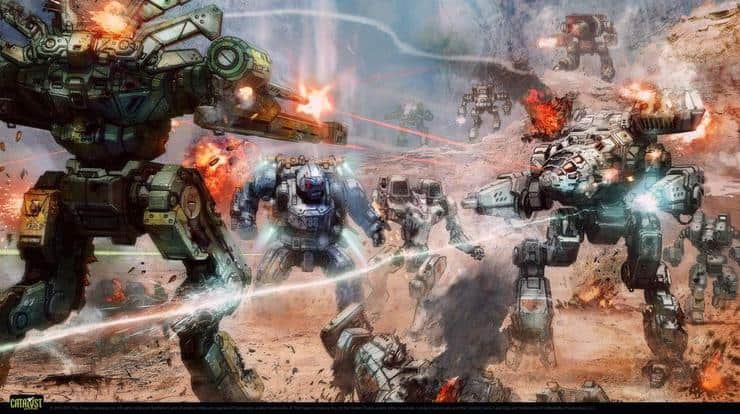
The Player who gets to start the Combat Phase, selects one of his or her units and follows all the steps in the Resolving Weapon Attacks checklist. After a unit completes all the steps (or the player opts to skip a combat action for that unit), select another unit and repeat. After all units have either resolved their attacks or skipped their action, the other player gets to perform the same steps with their units. Let’s take a closer look at the Resolving Weapon Attacks Checklist.
Resolving Weapon Attacks
-
Verify LOS
- Alpha Strike uses True Line of sight, and there are a variety of tools you can use to measure Line of Sight. Measure from the eye level of the attacking unit, and determine whether or not the two units can see each other. If less than 1/3rd of the target unit is visible, the unit can not be targeted. There are a couple of special cases.
- Non-solid terrain (Woods, specifically) does not automatically block LOS like solid terrain. In order for non-solid terrain to block LOS, Line of Sight has to be drawn through at least 6 inches of non-solid terrain.
- Units that are adjacent can always see each other unless one unit is completely submerged underwater.
- Except for grounded Dropships, Buildings, and Mobile Structures, Intervening models do not block Line of Sight.
- Partial Cover (‘Mechs only): If more than 1/3rd (but less than 2/3rd) of a ‘Mech unit is behind Blocking terrain, the unit is considered to have partial cover, and this is becomes a target modifier instead. Woods do not provide partial cover. Water, depending on its depth, can provide partial cover or completely block line of sight.
- Submerged units can be targeted, but only by other submerged units or units in the same water terrain feature that are using the Torpedo special ability (indicated on its card).
- Indirect Fire: Some units are capable of shooting over or around intervening terrain, and this ability require the Indirect Fire special ability, (again, indicated on the unit’s card) and a spotter unit. Indirect Fire is harder to hit with than normal ranged attacks,. It uses the Range modifier of the attacking unit, the movement modifiers of the target, and terrain modifiers based off of the spotter. It also adds an additional +1 to hit.
- Alpha Strike uses True Line of sight, and there are a variety of tools you can use to measure Line of Sight. Measure from the eye level of the attacking unit, and determine whether or not the two units can see each other. If less than 1/3rd of the target unit is visible, the unit can not be targeted. There are a couple of special cases.
-
Verify Firing Arc
- Every unit in Alpha Strike has a specific field of fire it can use its weapons from. The Diagrams on page 35 can show you the specific firings of a variety unit types, and the standard firing arc diagrams for most units. Remember that a firing arc has no range limit, and extends all the way to the edge of the playing field. If more than half of the target’s base is outside the firing arc, the attack can’t be made. Some special cases apply.
- Infantry has no firing arc, and can shoot in any direction they want.
- Units with multiple firing arcs can only target units in the appropriate arc with that arc’s weapons. (A grounded Spheroid Dropship can’t shoot across its body to target units on its left side with is right side arc weapons).
- Turrets: The Turret special ability allows a unit a to fire in any direction with its turret mounted weaponry. Units that are using this special ability often have a specific damage value for the turret mounted weapons, and you should check the Turret special ability for more info.
- Every unit in Alpha Strike has a specific field of fire it can use its weapons from. The Diagrams on page 35 can show you the specific firings of a variety unit types, and the standard firing arc diagrams for most units. Remember that a firing arc has no range limit, and extends all the way to the edge of the playing field. If more than half of the target’s base is outside the firing arc, the attack can’t be made. Some special cases apply.
-
Determine Range
- Alpha Strike has fixed range increments for all of its weapons. These correspond to the damage values for Short, Medium, and Long. Short Range is anything within 6 inches. Medium Range is between 6 and 24 inches. Long Range is between 24 and 42 inches. There are a couple of special cases that apply.
- Underwater Ranges: All range bands for underwater combat are halved.
- Base to Base: Units that are in base to base contact may not make weapon attacks against each other. They can still make physical attacks against each other.
- If a unit has a 0 or a – in a given range band, it can’t make an attack at that range band.
- Alpha Strike has fixed range increments for all of its weapons. These correspond to the damage values for Short, Medium, and Long. Short Range is anything within 6 inches. Medium Range is between 6 and 24 inches. Long Range is between 24 and 42 inches. There are a couple of special cases that apply.
-
Determine To-Hit Number
- Once all the other steps have been done, the player can calculate what he or she needs to roll to hit the target. The Base Number is Skill, and there are seven categories of modifiers that move this number up or down. Range, Movement, Target, Type, Terrain, and a variety of other factors can influence the To-Hit Number. Special rules and a variety of specific modifiers can apply to situations that come up during the game.
- Shutdown Units don’t receive the benefit of their Movement modifier.
- A unit is Occupying terrain if its base is touching the terrain feature. It’s intervening terrain if LOS passes through the terrain before reaching the target.
- Once all the other steps have been done, the player can calculate what he or she needs to roll to hit the target. The Base Number is Skill, and there are seven categories of modifiers that move this number up or down. Range, Movement, Target, Type, Terrain, and a variety of other factors can influence the To-Hit Number. Special rules and a variety of specific modifiers can apply to situations that come up during the game.
-
Roll to Hit
- Grab a pair of Six sided dice and roll them. If the number rolled equals or exceeds the To-Hit number, you’ve hit the other unit, if the number rolled is less than the To-Hit number, the attack fails.
- If the target is benefiting from the Partial Cover rule from a building or a grounded dropship, and the attack fails by a margin of 2, the attack has hit the Cover instead.
- Grab a pair of Six sided dice and roll them. If the number rolled equals or exceeds the To-Hit number, you’ve hit the other unit, if the number rolled is less than the To-Hit number, the attack fails.
Now, this article is turning out a bit longer than I originally intended, so we’re going to break here on our article on the Combat Phase, and cover the rest of this next week. Get extremely familiar with your To hit Modifiers chart on Page 37, and we’ll pick up next week with Calculating damage and finishing up the Weapon attack Phase. I hope these are helpful and you guys are enjoying the series. Game on, Game Fans.
Again, a Huge shout out to Anthony Scroggins aka Shimmering Sword, for his beautiful Battletech artwork. Check out more of his work on Deviant Art.
